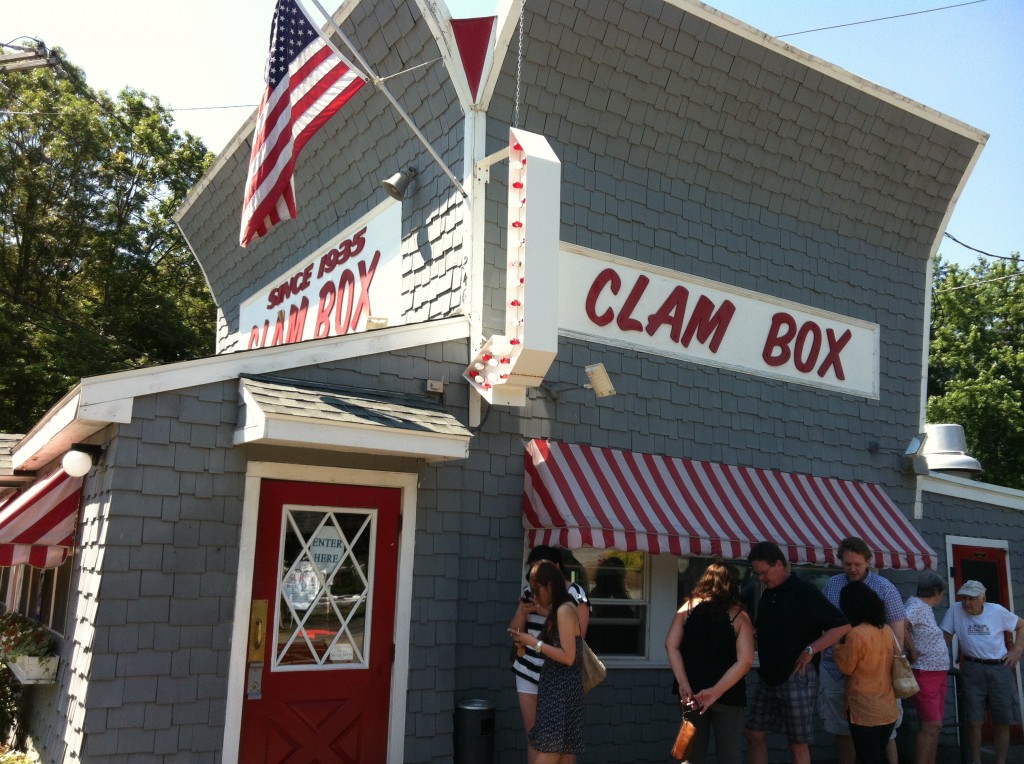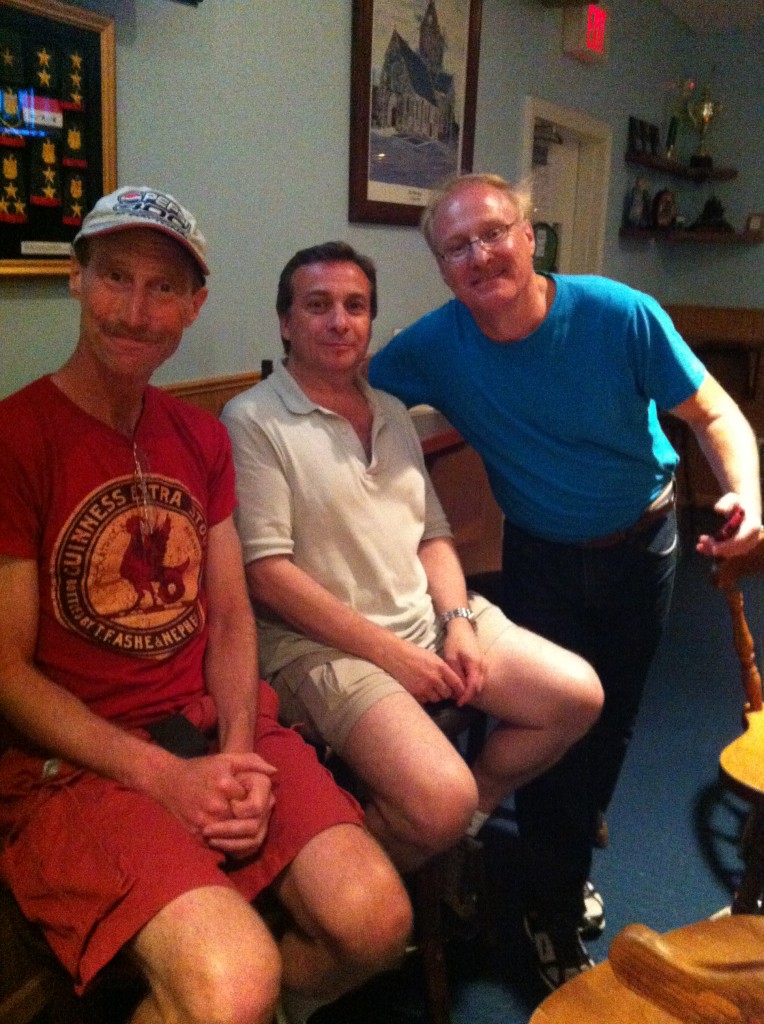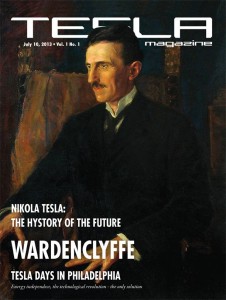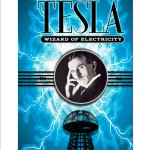 I’ve been incredibly thankful to everyone who has helped make Tesla: The Wizard of Electricity a success. And now there are even more thanks deserved. Yesterday my editor at Sterling Publishing informed me that they will issue a second printing of the book. My literary agent, Marilyn Allen, probably captured the moment the best, and most succinctly, when she responded with: “AWESOME.”
I’ve been incredibly thankful to everyone who has helped make Tesla: The Wizard of Electricity a success. And now there are even more thanks deserved. Yesterday my editor at Sterling Publishing informed me that they will issue a second printing of the book. My literary agent, Marilyn Allen, probably captured the moment the best, and most succinctly, when she responded with: “AWESOME.”
Sales have been outstanding in the four months since it was released – over 9,000 of the 10,000 books printed have flown off the shelves! That in itself is exciting because the initial print run was larger than normal for non-fiction books (especially non-fiction books about obscure, long-dead, scientists). And while the books were initially featured prominently in Barnes and Noble stores at an incredibly affordable price, they have become harder to find as the warehouse emptied out and individual stores sold out their stock. Books also weren’t available directly on Amazon.com, which is, after all, where many people buy most of their books these days. Still, sales continue to be consistently strong, and on top of the hard copy sales there have also been substantial sales of the e-book on barnesandnoble.com.
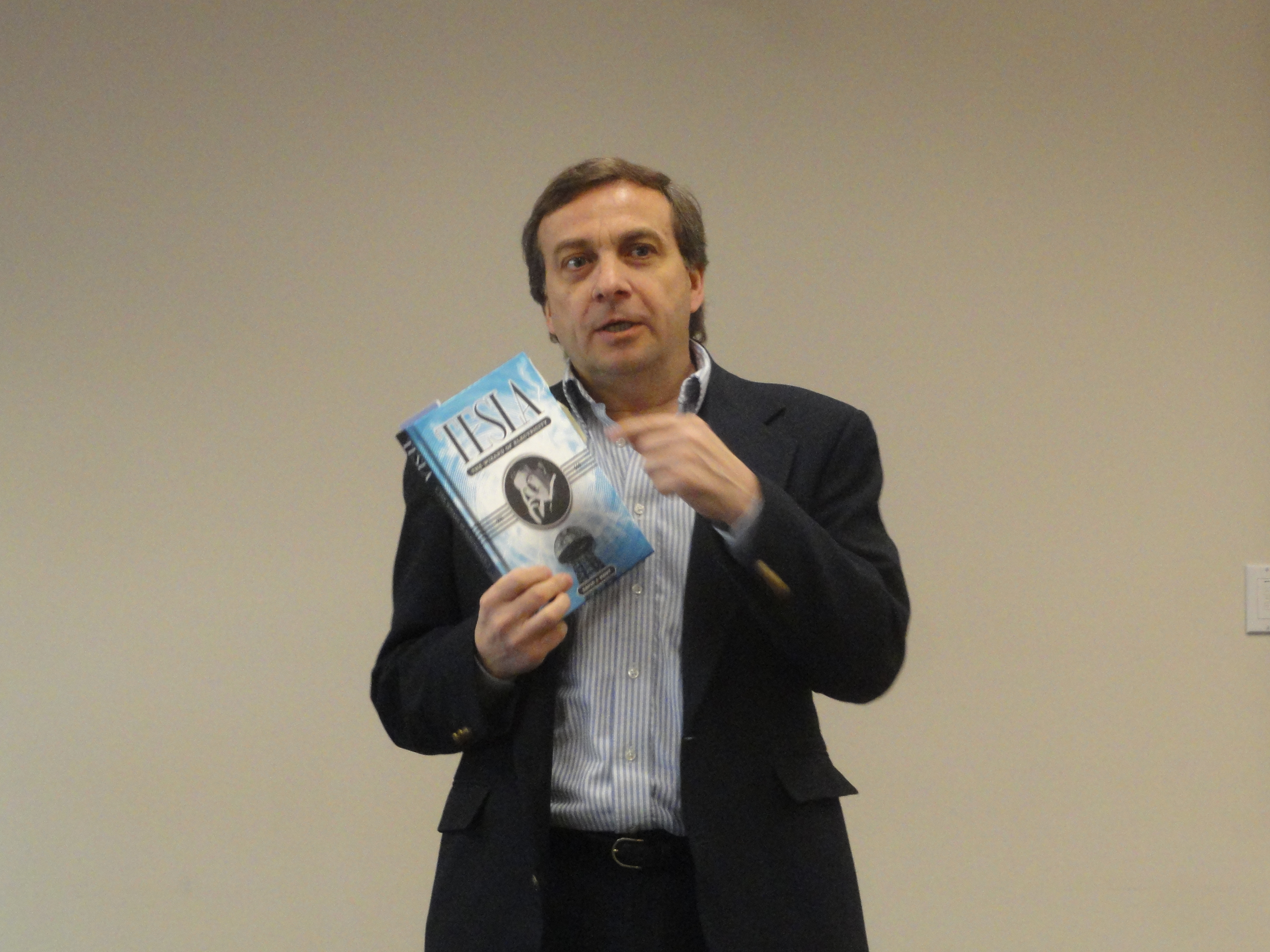
Even more exciting is that the publisher is so confident the books will continue to sell well, they’ve scheduled the second printing to be double the size of the initial, that is, 20,000 books. As a book that backlists well (i.e., doesn’t get outdated), Sterling expects the book to sell for many years to come. Who knows, maybe we’ll get a third printing (and fourth? and fifth?).
And if all of that wasn’t enough, the publisher is planning to release the book in July 2014, just in time for Nikola Tesla’s birthday. Sterling plans a “back-to-school” promotion, which is undefined at the moment but would likely include some book signings and other events. I’ll keep you posted.
Thank you all for supporting me and the book so wholeheartedly. It’s because of you that Tesla: The Wizard of Electricity has been so successful. The hunger of the public for information about Nikola Tesla has been very gratifying. As can be seen by the topics of my posts on this website, there currently is an incredible amount of activity and interest about Tesla. As Tesla himself once said:
“The present is theirs; the future, for which I really worked, is mine.”
It seems the future has arrived.
Which leads to some additional news. I’ve been approached by the director of the Ipswich Museum in my home town. They would like me to schedule a brown-bag lunch presentation at the museum sometime in 2014. I’m also working on a new Tesla book focused on his interest in what today we call “renewable energy.” I’ll have more details on both of these in later posts, as well as information on how to subscribe to a newsletter I expect to begin producing early in the new year.
Exciting times, these!
David J. Kent is the author of Tesla: The Wizard of Electricity. You can order a signed copy directly from me, download the ebook at barnesandnoble.com, and find hard copies exclusively at Barnes and Noble bookstores.
Follow me by subscribing by email on the home page. And feel free to “Like” my Facebook author’s page and connect on LinkedIn. Share with your friends using the buttons below.



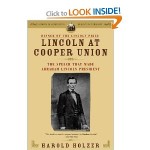 One would think the book’s subtitle “The speech that made Abraham Lincoln President,” would set up an unattainable expectation of greatness. After all, how could a book hold a candle to a great speech? Or perhaps the speech wasn’t so great after all and the author merely wanted to sell more books. And yet, I was wonderfully surprised to see that this really was an exceptional book about an exceptional speech.
One would think the book’s subtitle “The speech that made Abraham Lincoln President,” would set up an unattainable expectation of greatness. After all, how could a book hold a candle to a great speech? Or perhaps the speech wasn’t so great after all and the author merely wanted to sell more books. And yet, I was wonderfully surprised to see that this really was an exceptional book about an exceptional speech.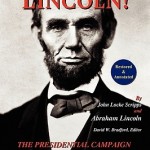 Vote Lincoln! The Presidential Campaign Biography of Abraham Lincoln is a 2010 annotated version of the first full biography of Abraham Lincoln published in 1860. Ostensibly written by John Locke Scripps, publisher of what would become the Chicago Tribune, much of the text was actually ghost written by Abraham Lincoln himself. Intended as a campaign biography, the book provides a revealing look at how Lincoln viewed his own life to that point.
Vote Lincoln! The Presidential Campaign Biography of Abraham Lincoln is a 2010 annotated version of the first full biography of Abraham Lincoln published in 1860. Ostensibly written by John Locke Scripps, publisher of what would become the Chicago Tribune, much of the text was actually ghost written by Abraham Lincoln himself. Intended as a campaign biography, the book provides a revealing look at how Lincoln viewed his own life to that point.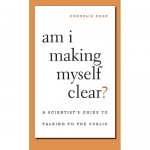 Am I Making Myself Clear? A Scientist’s Guide to Talking to the Public is a much needed book for scientific and non-scientific communities alike. Written by science writer (and former New York Times editor) Cornelia Dean, the book makes the case that scientists need to make “their work more accessible to the media, and thus to the public.” This doesn’t come naturally to most scientists, and so the book gives some practical tips on how scientists can accomplish this goal.
Am I Making Myself Clear? A Scientist’s Guide to Talking to the Public is a much needed book for scientific and non-scientific communities alike. Written by science writer (and former New York Times editor) Cornelia Dean, the book makes the case that scientists need to make “their work more accessible to the media, and thus to the public.” This doesn’t come naturally to most scientists, and so the book gives some practical tips on how scientists can accomplish this goal.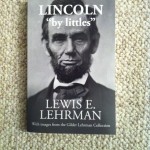 Periodically on this site I provide reviews of books about Abraham Lincoln. This is a review of Lincoln “by littles” by Lewis E. Lehrman, published by The Lehrman Institute in 2013.
Periodically on this site I provide reviews of books about Abraham Lincoln. This is a review of Lincoln “by littles” by Lewis E. Lehrman, published by The Lehrman Institute in 2013.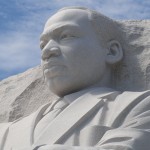 Barack Obama has said that the two people he admires most are Martin Luther King and Abraham Lincoln. Perhaps this shouldn’t be much of a surprise. In Dreams From My Father, Obama recounts his trials growing up as a young black man with mixed race heritage. While clearly a different upbringing than that of most black men living in America, he did experience the prejudices that were openly prevalent then, and more subtle and covert today.
Barack Obama has said that the two people he admires most are Martin Luther King and Abraham Lincoln. Perhaps this shouldn’t be much of a surprise. In Dreams From My Father, Obama recounts his trials growing up as a young black man with mixed race heritage. While clearly a different upbringing than that of most black men living in America, he did experience the prejudices that were openly prevalent then, and more subtle and covert today.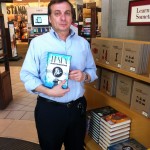 I was at the library recently and came across a book called My Bookstore. A 2012 compilation of essays by 84 well-known writers in which they “celebrate their favorite places to browse, read, and shop.”
I was at the library recently and came across a book called My Bookstore. A 2012 compilation of essays by 84 well-known writers in which they “celebrate their favorite places to browse, read, and shop.”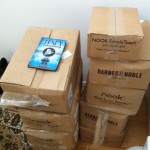 Good news. My Tesla books have now arrived, and only days after I missed at least 5 opportunities to sell them directly to Tesla aficionados. So all you folks who said you wanted a signed book are now in luck – you can order them direct from me.
Good news. My Tesla books have now arrived, and only days after I missed at least 5 opportunities to sell them directly to Tesla aficionados. So all you folks who said you wanted a signed book are now in luck – you can order them direct from me.